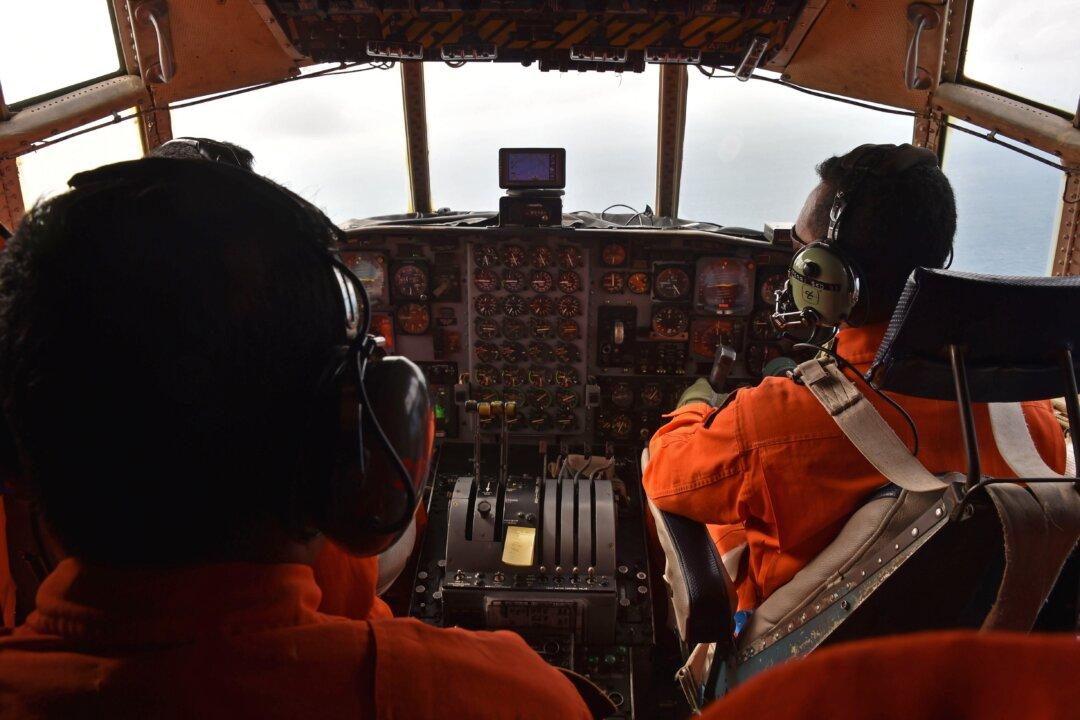The only hint of what happened to AirAsia Flight 8501 is the revelations about the flight’s final few moments.
The AirAsia cockpit asked air traffic control (ATC) for permission to turn left and climb above storm clouds, from 32,000 feet to 38,000 feet. The turn was allowed, but the climb request was denied at that moment because there were six other airliners crowding the airspace.
The conversation ended there. Four minutes later, the Airbus A320-200 disappeared from radar.
Flight 8501’s Capt. Iryanto (Indonesians often have only one name) was an experienced pilot. He had a respectable 20,537 flying hours and was a military pilot flying F-16 fighters before shifting to commercial aviation. His first officer, Frenchman Remi Plesel, had 2,275 hours under his belt, according to AirAsia.
It’s been presumed that the jet and all 162 people on board crashed into the Java Sea.
Search efforts have been extensive from sea and sky along the busy shipping lane, involving at least 30 ships, 15 aircraft, and 7 helicopters. Early Tuesday morning local time, Indonesia’s Search and Rescue Agency chief Henry Bambang Soelistyo expanded efforts to cover land in the West Kalimantan Province of Indonesia.
Questions of course are now turning to what happened after ATC denied the request to climb. There was no distress signal issued, just eerie silence after the final communication. Assuming the wreckage is found and the black box recovered, there will be more answers. For now, one can only speculate based on how the relationship works between pilots and ATC.
Under normal circumstances, the ATC’s job is to ensure safe separation between aircraft and maintain overall air traffic efficiency. But in emergency situations, the final call regarding an aircraft’s safety lies with the pilot, and it’s the controller’s job to give all possible assistance.
So in a sudden bad weather scenario, here’s what happens. The pilot requests to deviate from the scheduled route. The control tower will either issue clearance or advise the pilot that it’s not possible and give the exact position of any aircraft in the way. At this stage, the pilot will either accept ATC’s advice and stay the course, or convey intentions to execute another deviation plan.





